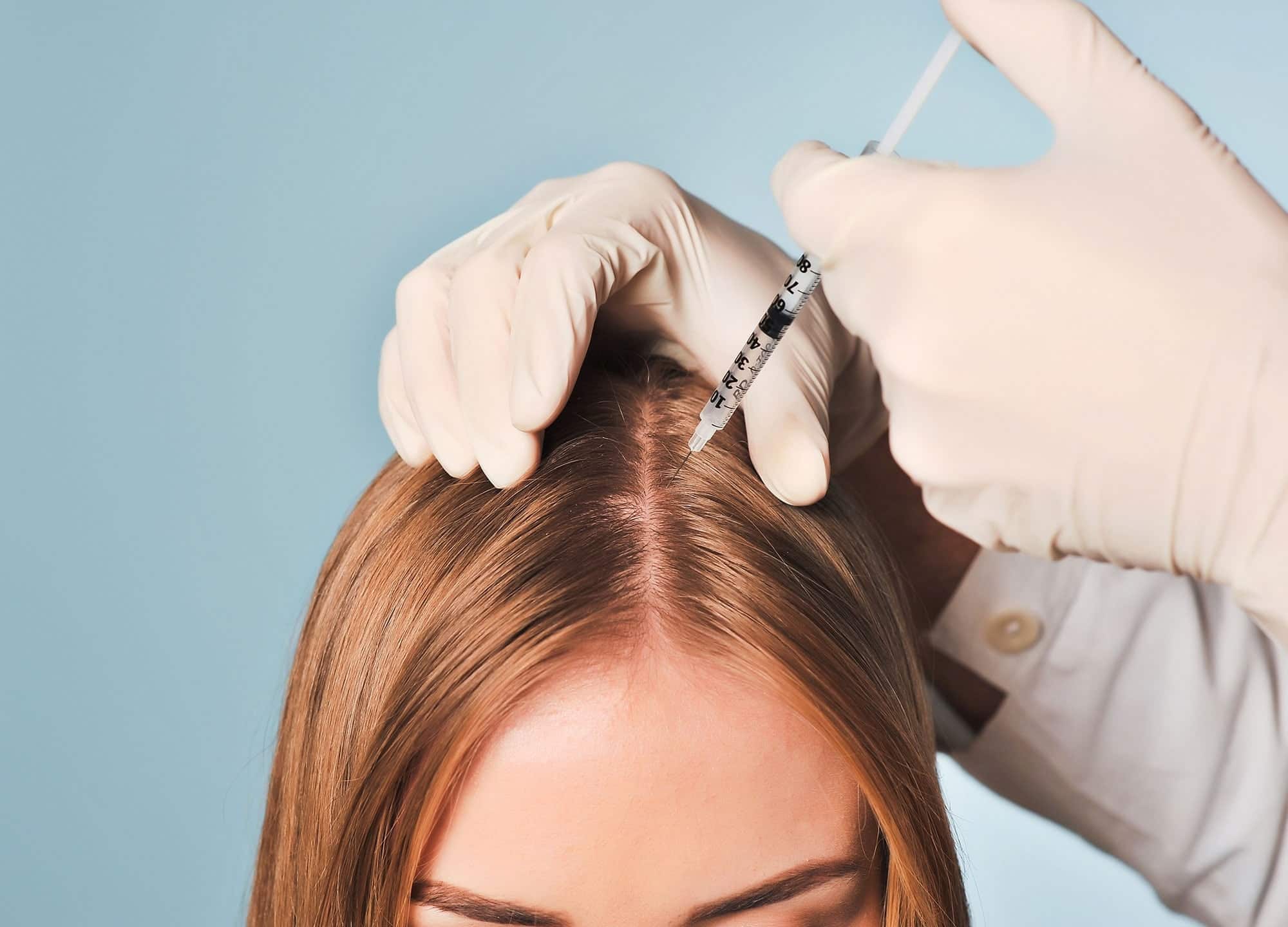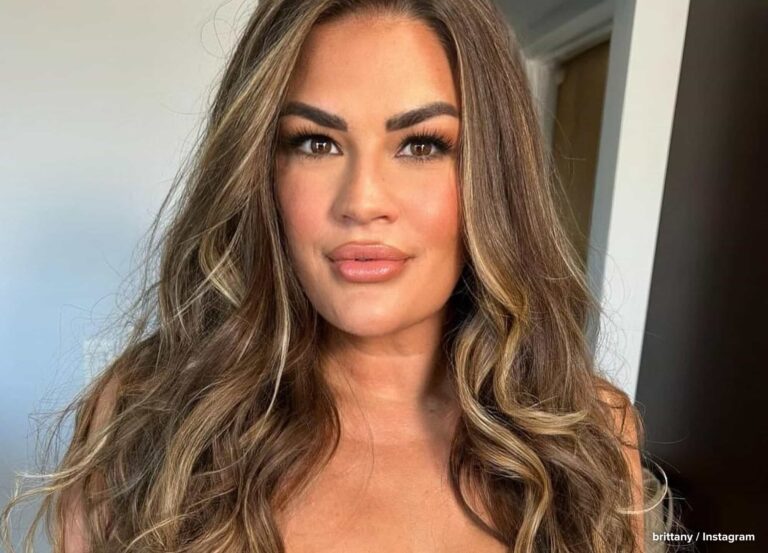For those who’ve reached their 40s, the world is their oyster—dermatologically speaking. What you’ve done in your 20s and 30s will have set up your baseline for this decade. “Every procedure can be used at every age group; it’s the amount, how aggressive, and what the patient is trying to achieve [that change],” says Miami-based board-certified dermatologist Dr. Deborah Longwill. “What you do in your 20s will help you look your best in your 40s.”
That said, certain changes may be inevitable for most. “Now patients have usually had children and are experiencing more volume loss in the face—and appear more tired-looking when they wake up,” she says. To offset this, many of the recommended procedures are focused on adding volume, while others are used to address concerns beyond the face. Here, the treatments that may be worth trying in your 40s.
1. Chin sculpting
At this age, “many patients come in complaining of submental fullness or fat under the neck,” says New York City board-certified dermatologist Dr. Michele S. Green. She pairs Kybella injections, which work to dissolve fat cells, with CoolMini for a one-two punch of sculpting. “Kybella uses deoxycholic acid to permanently remove the fat under the neck, while CoolMini is a unique applicator of CoolSculpting that will ‘freeze the fat’ under the neck for a smoother, younger-looking jawline,” she says. To further define the jawline, she’ll then place filler strategically so it looks more chiseled.
2. Liquid facelift
Unlike the surgical version, the liquid facelift offers near-instant rejuvenation, with little to no downtime. “The combination of Botox and filler all throughout the face can give it a full lift,” says Dr. Longwill. “We tend to cave in as time goes on, and as we lose hormones, we lose bone, muscle, and fat. So [with this] we can lift, enhance, and project a beautiful face.” She uses a number of different hyaluronic acid fillers—which offer varying amounts of support—to account for volume loss and create what she calls a global lift.
3. Hand rejuvenation
Hands endure lots of wear and tear over the years. That’s not surprising, as they’re subjected to constant washing and minimal sun protection. As a result, they can often show signs of aging earlier than other areas of the body—think sunspots and, more significantly, volume loss—which is why intervention at this point can be helpful. “We can inject filler in the hands,” says Dr. Longwill. “Sometimes people have hands that look skeletal, so we can fill in between the bony areas on the top of the hand.” Laser resurfacing, meanwhile, can target any spots.
4. eMatrix laser
To address wrinkles around the eyes, injectables alone will no longer cut it. “I use a combination of eMatrix and Botox to treat the delicate under-eye area,” Dr. Green says. Botox can smooth out crow’s-feet by freezing the muscles, whereas eMatrix radiofrequency laser stimulates collagen within the skin for a two-pronged approach. “The eMatrix has two tips—one large one for the face, and a special, smaller tip that uses different energies for the eye area,” she says. “By inducing new collagen formation, it removes wrinkles and helps improve the texture of the skin.” While three monthly treatments are typically needed for the best results, she notes that there’s minimal associated downtime.
5. Sofwave
Screen time might be catching up with you. “People complain about tech neck from looking down at their cell phone and computer,” says Dr. Longwill. “They’re noticing that skin looks more flaccid and the lines around the neck are becoming more apparent.” To address both, she recommends Sofwave, which is like a next-gen version of Ultherapy. It uses ultrasound to heat up the dermal layer of skin, triggering skin’s healing process, but without the typical pain, inflammation, and swelling of its predecessor. “Sofwave builds collagen, to tighten the skin of the lower face as well as the cheeks and upper eyes,” she says. “Plus we can use it on elbows and knees.”
6. PRP for hair loss
PRP for hair loss can be a game changer for those experiencing hair loss, which can result from hereditary factors, hormonal changes, or just age. PRP, or platelet-rich plasma, entails harnessing platelets present in your own blood plasma to spur growth in precise areas—in this case, the scalp. “We inject it into the scalp every couple of months, where it helps send growth factors to the scalp for hair growth,” says Dr. Longwill. The rate of hair regrowth can vary, “but typically we notice regrowth in three-month cycles,” she says. “And after the injection, patients notice that they’re not losing as much hair.”











